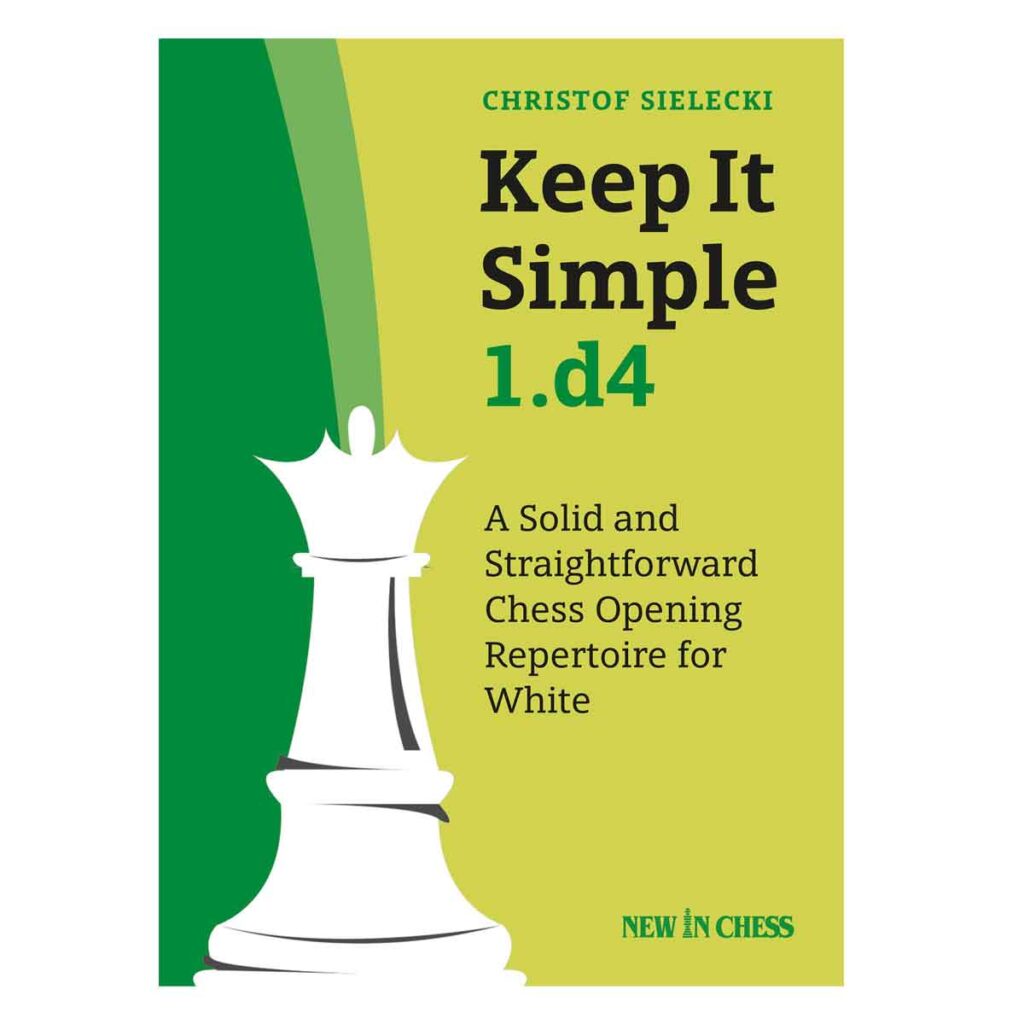


The book is divided into four main parts as follows : There is one major difference with the approach Sielecki suggests in that we get to a principled set-up via a slower move order. Which is covered in chapter 8 and 9 depending if Black captures on c4.
#Keep it simple d4 series#
See Chessable versionįrom the successful series by Boris Avrukh (and many others) we know that the conventional Catalan System (1.d4, 2.c4, 3.g3) is a highly respected opening system played at the very highest levels by the worlds top players. Its popularity caused New in Chess to publish in paper format. Originally the content was provided on the popular training site Chessable. This is a weighty (427 pages) tome advocating a repertoire for white based on a “delayed Catalan” development approach against almost any line that black chooses. Ambitious players rated 1500 or higher will get great value out of studying this extremely accessible book. Sielecki always clearly explains the plans and counterplans and keeps you focused on what the position requires. This new 1.d4 repertoire may be even easier to master than his 1.e4 recommendations, because it is such a coherent system. Sielecki developed this repertoire while working with students who were looking for something that was easy to understand and easy to learn. His main concept is for White to play 1.d4, 2.Nf3, 3.g3, 4.Bg2, 5.0-0 and in most cases 6.c4. You don’t need to sacrifice anything or memorize long tactical lines. The major objective is to dominate Black from the opening, by simple means. Sielecki has created a reliable set of opening lines for chess players of almost all levels. His new repertoire based on 1.d4 has a similar profile: variations that are straightforward and easy to remember, and require little or no maintenance. Īfter the success of his award-winning book ‘Keep it Simple 1.e4’ International Master Christof Sielecki is back. Books with “Opening Repertoire” in the title are many and varied and we were intrigued to what the emphasis in this latest book from New in Chess would be. The value for any practising chess player of a coherent opening repertoire when playing with the white pieces is key to success, enjoyment and efficient use of study time. Unfortunately, no one knows in advance which half.” – Jan Timman “Half the variations which are calculated in a tournament game turn out to be completely superfluous. Keep it Simple 1.d4 : Christof Sielecki Keep it Simple 1.d4 by Christor Sielecki


 0 kommentar(er)
0 kommentar(er)
